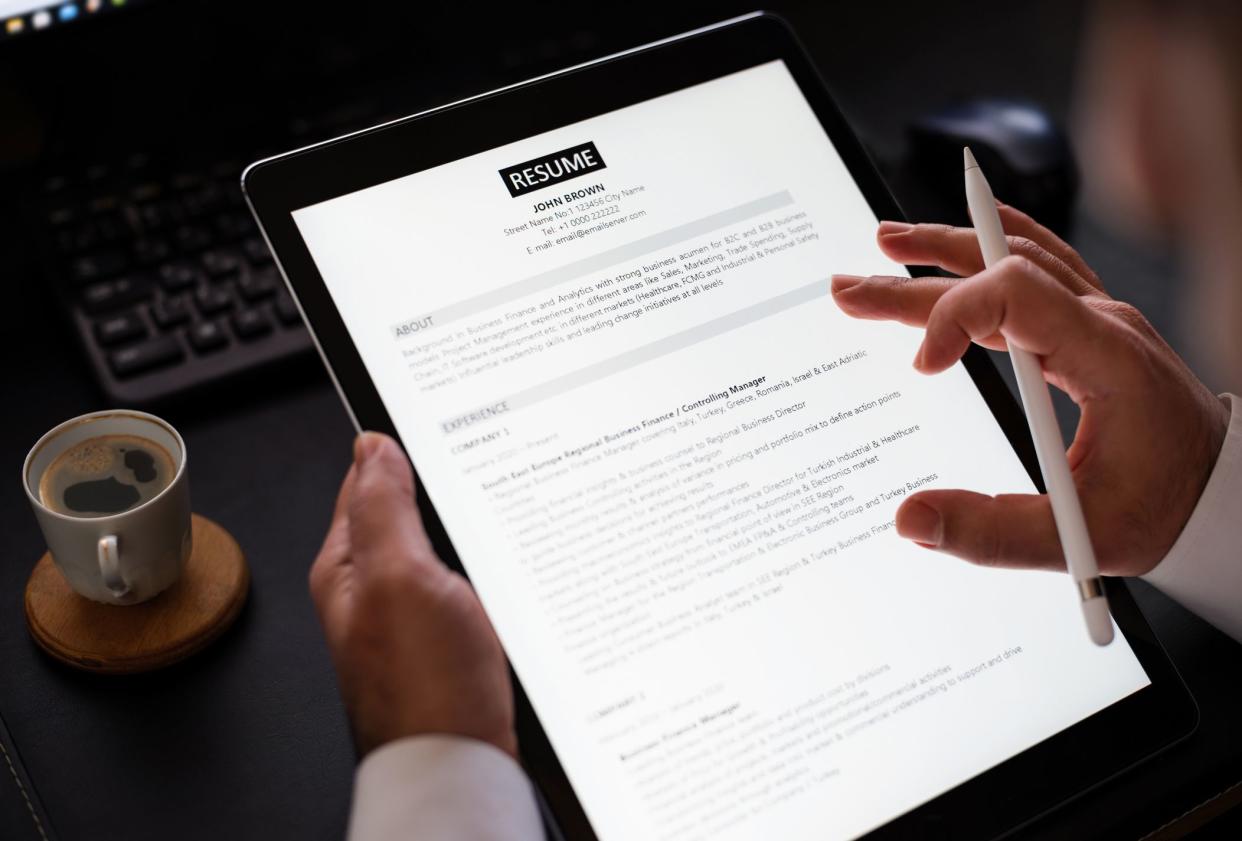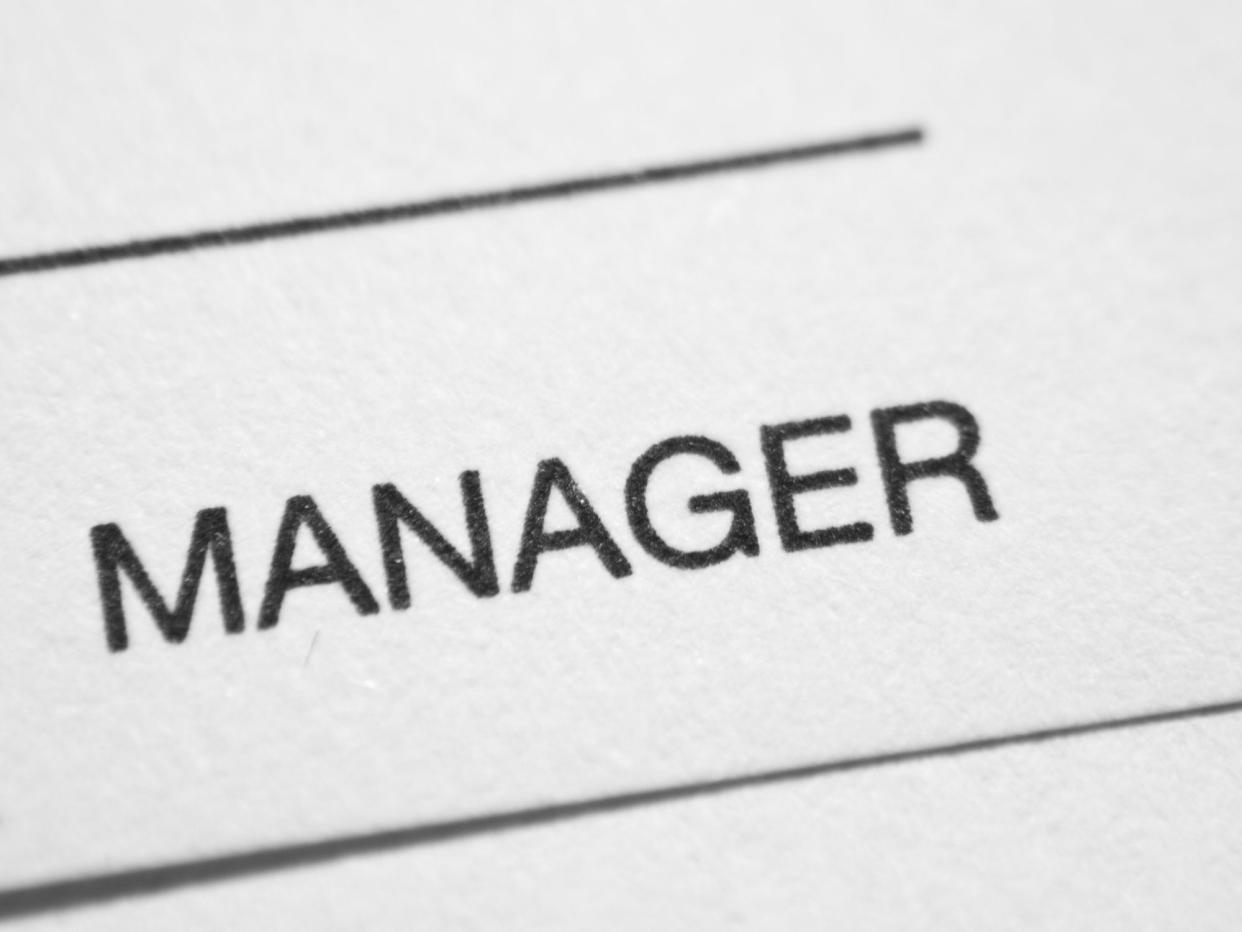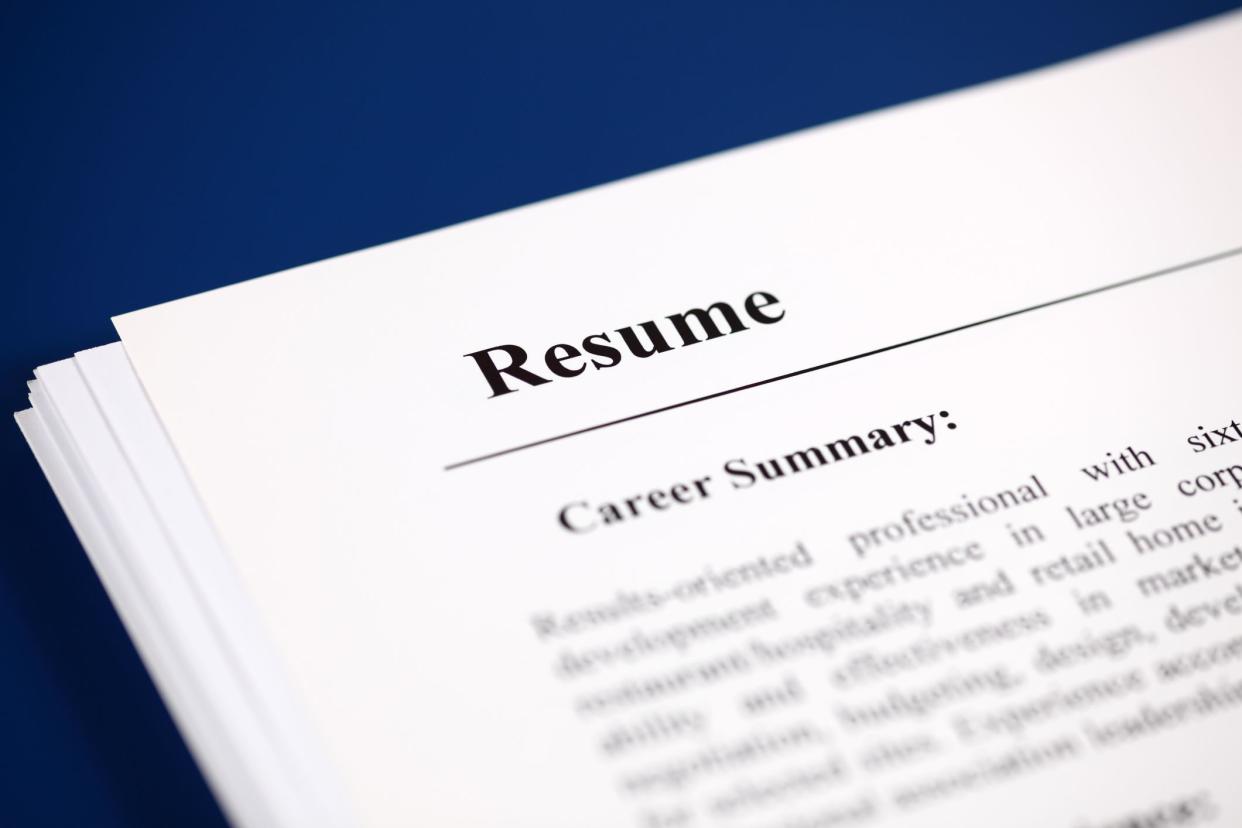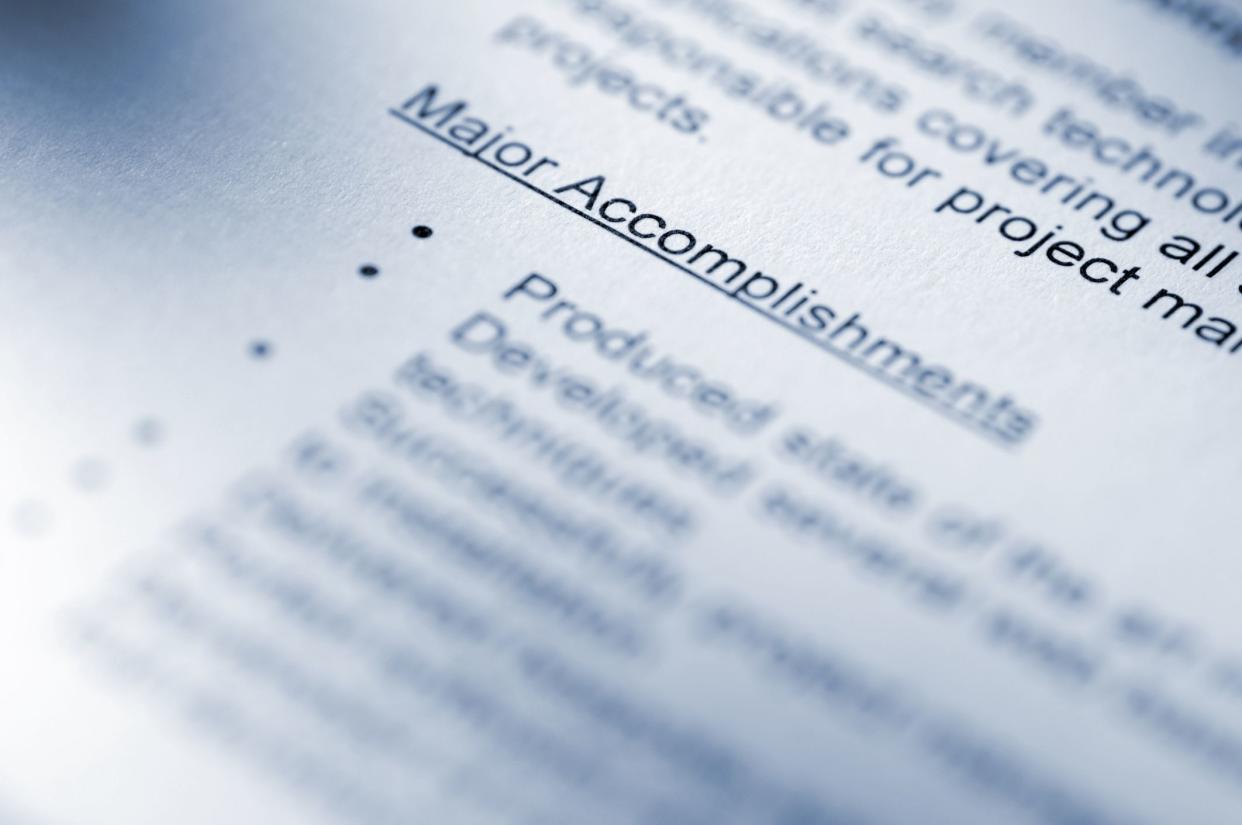What You Need to Know About Resumes Now

Resumes evolve with time and technology, and if you haven’t applied for a job in a while yours might be stuck in the past. If you’re applying for jobs that are a perfect fit but get no response, an outdated resume may be the problem. Gone are fax numbers, detailed personal information, objective statements, and references. In are keywords, a targeted headline, a career summary, and an accomplishment-focused job history. Read on to get the best advice on tailoring a resume to get past software that might screen you out, impress the hiring managers of today, and land that interview.
Related: 45 Job Search Tips From Experts

Historically, the acceptable length of a resume has been all over the board. “It used to be that a resume contained the entirety of one’s job history, resulting in lengthy documents that spanned decades,” says Tami Pursley, team lead of resume services with RiseSmart. “The pendulum then swung in the other direction, with single-page resumes becoming the norm. Things have now settled into a more realistic standard of anywhere from one to three pages, depending upon the length of career, industry, role, and accomplishments of the job seeker.” If you have one or two past jobs, keep it to one page; a 10-year career could warrant a two-page resume.
Related: 20 Secret Tips to Get Your Dream Job

In the past, not a lot of emphasis was put on how a resume looked, and they tended to be hard to read, scattered, and oddly spaced. There are many tools available now that can make a resume clean and consistent. “Although job seekers are not expected to be graphic designers, clean, consistent design is the standard. It’s important to take advantage of the many tools, templates, and resources that are widely available, as documents with uneven spacing, poor formatting, or inconsistent fonts stand out and can put a job seeker out of the running,” Pursley says.
Related: 23 Entry-Level Jobs You Can Do From Home With No Experience
For more great employment tips, please sign up for our free newsletters.

In addition to a lack of formatting, resumes 20 years ago never used pictures or graphical elements — just block after block of text. Today resumes are more visual, with pictures, design elements such as arrows, company logos, and even your professional picture. But do not go overboard: If you’re not a trained graphic designer, don’t pretend you are.
Related: 35 Great Jobs for Retirees

Twenty years ago, black and white was the rule, but now it’s acknowledged that color adds appeal to a resume too. Try navy blue instead of black print, different shades of gray, pops of orange for bullet points, and even green in your header. If you’re applying to work in more creative roles, you can use brighter colors and eye-catching designs.
Related: 37 Jobs With Flexible Hours and Great Hourly Rates

Gone are the days of mailing a resume — that’s what our grandparents did. Don’t look for a way to fax your resume, either, since that’s what our parents might have done. Today we email resumes and feel grateful for the efficiency. (But confirm with the intended recipient that the email made it through.)
Related: 24 Job-Hunting Tips for Workers Over 50

It was once common to include a physical street address and other personal information. But abuse of invasive technology has changed this norm. “In today’s digital age, privacy is a major concern. As a result, things like full physical addresses are no longer included on resumes. Contact information should include the city, state, and ZIP code, phone number, and email address,” Pursley says.
Related: 12 Times You Should Never Give Out Your Social Security Number

Forty years ago — even 20 years ago — job seekers might be told to include even information such as birthdates, marital status, height, and weight. No one does now; keep a resume focused on your professional life. Including things such as your birthday can date you out of a job you would otherwise fit perfectly.
Related: Most Annoying Issues Boomers Encounter When Looking for Work

The point of a resume is to help hiring managers find out as much about you as possible to see if you are a good fit for a position. A resume should include your LinkedIn profile and other professional information — so long as you’ve confirmed the URLs still work. “Active links to email, professional profiles, and portfolios are a must, making it as easy as possible for hiring managers to get in touch and learn more about the job seeker,” Pursley says.
Related: The Top Job Search Sites and Who Should Use Them

There was once no high-tech way for recruiters to track applicants, and they read resumes themselves. That changed when Applicant Tracking Software entered the picture. “ATS software emerged in the late ‘90s and started to take hold in the early 2000s. Fast-forward to today, and nearly all Fortune 500 companies — and a significant portion of small to midsized businesses — use ATS to screen, classify, and manage applicants,” Pursley says. That’s changed resume writing completely: “Up to 70% of applicants can be screened out because their resumes are incompatible with these systems. As you can imagine, this poses a major hurdle to job seekers.” Know ATS best practices, or hire a resume writer trained in it.
Related: How Finding a Job Has Changed in the Past 50 Years

One of the main components of ATS is the use of keywords. Hiring managers can specify what keywords they want to search for as the software eliminates applicants, and if you don’t use the right kind of words, yours will be screened out even if you’re a perfect fit for a position. “ATS works by scanning resumes line by line, from top to bottom and left to right. Words that occur earlier in the document or with more frequency are weighted more heavily. This is one reason why it is crucial to incorporate targeted keywords that align with the specific job posting,” Pursley says. Gather keywords based on the job description. Most of the time, the job description is using the exact keywords ATS will look for.
Related: Military Skills That Can Help Land a Civilian Job

In the late ’90s you would create one resume and send it out to every position you wanted. But with the help of ATS, resumes have evolved dramatically. “Resumes have transitioned from a one-size-fits-all job search solution to a highly focused snapshot that shows hiring managers how the job seeker’s skills, experience, and approach align with a specific role,” Pursley says. “Gone are the days of sending out dozens upon dozens of identical documents, hoping that one lands. Today’s resumes must be keyword-rich to pass ATS software, while being visually appealing with high readability and focused messaging for a human audience.”
Related: 22 Things to Do Now to Land a Job in a Recession

Most of us know our job title, but you should be angling it to best fit the job you want. Look to the description of the position you’re applying for and match it as closely as possible. For example, if you are in human resources, instead of putting “human resources professional” as your job title you might update it to “HR manager,” “HR generalist,” “HR business partner,” or “senior HR leader” — as specific to the job you are applying for as possible, assuming you have the experience to justify it.
Related: 15 Best Work-From-Home Jobs for Retirees

ATS and hiring managers like a well-developed headline, a resume element that will be new to some. The headline, going directly under your job title, is a very brief phrase (with ATS-targeted keywords) telling hiring managers your strengths and why you are a good fit for a position. “A thoughtfully developed headline, insightful summary, and carefully curated selection of keywords at the top third of the first page will help the resume perform well,” Pursley says. Some self-descriptive headline examples from The Balance’s Career section include “Army Veteran Awarded for Determination and Strong Work Ethic,” “Bilingual Nursing Graduate with Experience in Rural Health Care,” and “Cook with Extensive Fine Dining Experience.”
Related: 15 Jobs That Are Most Vulnerable to a Recession

Objective statements are out, and target career statements are in. “Objective statements are no longer used on resumes. These tell what the job seeker wants to get out of the company but do very little to show what the job seeker can bring to the company. Instead, job seekers should use a targeted job title, headline, and summary statement to showcase who they are and what they bring to the table,” Pursley says. This is another place you can place keywords for ATS.
Related: Hiring Managers' Advice for Landing a Work-From-Home Job

While the top part of a resume is the most important, with a concise targeted title, headline, and career summary, don’t overlook your experience — just keep in mind that this section also has changed dramatically in the past 20 years. It used to be that you would list your past jobs and the duties and skills they required. Now resumes are accomplishment driven, and you want to list your key achievements in that position. Think of the things you are proud of and received recognition on.
Related: How to Prepare for Working Past Retirement
![Macro shot of term : Employment history[url=/search/lightbox/2584910][IMG]http://farm4.static.flickr.com/3182/3033585908_602bae25b8.jpg?v=0[/IMG][/url]](https://s.yimg.com/ny/api/res/1.2/OqERw8bKO6XaV72pxmG57w--/YXBwaWQ9aGlnaGxhbmRlcjt3PTEyNDI7aD04Mjg-/https://media.zenfs.com/en/aol_cheapism_430/55ff1b0fdeb00adf9d121e4add1f0f34)
For many of us, every job seems relevant and important, and we have a hard time limiting our job history. In the past, this was okay: You listed every position. Now you want to focus on the most recent. “In general, the detailed job history should be limited to the past 10 to 15 years. If you have major achievements or highly relevant roles beyond that, often a quick mention on the resume is enough to open the door to more in-depth discussions,” Pursley says.
Related: Jobs That Have Disappeared From American Life

It was once routine for resumes to include a list of references at the bottom, or the phrase “references available upon request.” This is no longer necessary. “At the point that references are required, it is assumed that the job seeker will provide them. Until that time, it is important to respect the time and privacy of these valuable resources,” Pursley says. If you have a little bit of extra room you want to fill on your resume, consider quoting from a recommendation a past employer or colleague gave you — sort of like a blurb on a book jacket or movie poster.
Related: 26 Ways Social Media Can Land or Lose You a Job

This one is unchanged from decades ago and should go without saying: Make sure your resume is perfect. Our parents and grandparents did their resumes on a typewriter, and if a mistake was made, they had to start the document over. Though you should have your fussiest friend or family member read your resume over too, now we can spell check and grammar check the whole document with a few clicks using software — so remember that the pressure is on for perfect spelling and grammar in every resume you send out.
Related: The Most Expensive Typos in History
